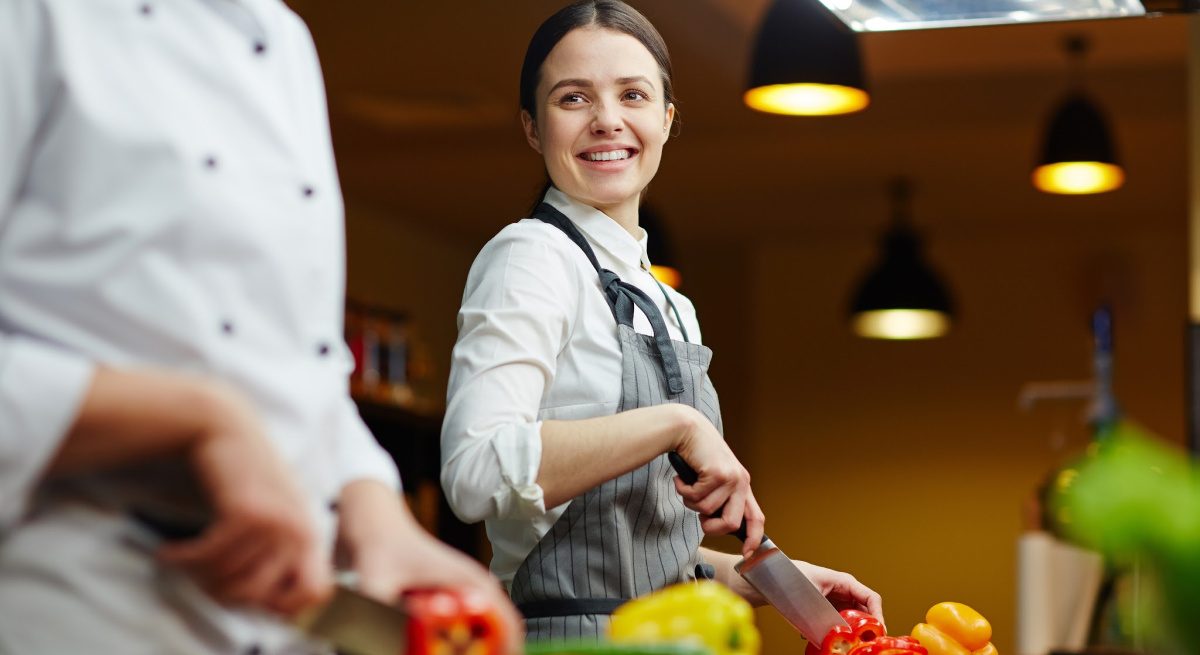A Chef’s Guide to Sustainable Dining
3 Min Read By Caroline Williams
There are two key reasons for moving to more sustainable gastronomy: one is because climate change is threatening our very food supply, and the other is that how we are currently producing food is contributing to climate change. The proverbial chicken and egg.
A few years back, the United Nations declared June 18th Sustainable Gastronomy Day in an effort to promote and encourage sustainable dining across the globe.
For many there’s the will to take action but not the know how to do it.
What Is Sustainable Gastronomy and Why Is it Important?
“Sustainable gastronomy is the process of cookery that focuses on the ingredients’ source, how food is grown, the means by which it gets to the market, and eventually, to the plates of consumers. It is about choosing food that is both healthy to the environment and our bodies, a crucial aspect of sustainable gastronomy,” said Dr. Adenike Akinsemolu, a sustainability expert and environmentalist from the Green Institute.
It is estimated that roughly 1.3 billion tonnes of food is wasted each year, a clear motivation for thinking about reducing food waste to protect the environment. And a backdrop to this is the estimation that demand for food is likely to rise by 50 percent by the year 2030, while demand for water is forecast to surge by 30 percent and land use by 50 percent.
Sustainable dining out, and eating at home of course, is one way to reduce wastefulness of natural resources, both contributing to the protection of the environment and encouraging healthier eating habits.
Many people are refocusing their approach to food and rethinking what they buy, hence contributing to more sustainable food production and consumption.
Designing a Sustainable Menu
-
Reduce food waste: Food waste is one of the key issues and reducing food waste comes with tones of benefits.
-
Keep it seasonal. This is one of the most powerful steps you can take toward sustainability.
-
Offer more vegan and vegetarian options.
-
Use less popular fish choices or those previously seen as ‘marine waste’.
-
Be adaptable: be willing to change your menu depending on what is available.
Design your menu to limit the number of ingredients and repurpose those usually thrown away.
Serving Up
Use smaller plates: Many restaurants serve way too large portions of food. Reducing the size is not only more sustainable but can help prevent overconsumption.
Customize portion size: Offer multiple sizes such as regular and lite. Portions can also be customized to meet the needs of individual clients or groups.
Go trayless: People put too much stuff on their trays that they end up throwing away. And trays drive up water consumption by quite a lot
Sourcing Your Food
-
Buy locally: Support local farms and producers.
-
Buy from farms that practice sustainability.
-
Buy sustainable seafood: The basic rule to follow is, if they won’t tell you how or where they caught it, don’t buy it.
-
Grow your own: Look around you for space you can use to grow things that you use a lot, such as herbs and salad greens. You could even keep bees in a roof garden. Perhaps use a cultivator.
Permaculture designer Elle Meager helped one restaurant add “picking beds” along the walkway up to the door, with cherry tomatoes and strawberries for guests to pick and taste as they walked in. They also added several fruit trees around the back of the restaurant to secure their supply of citrus.
For more tips and the complete article, visit Chef's Pencil here.


